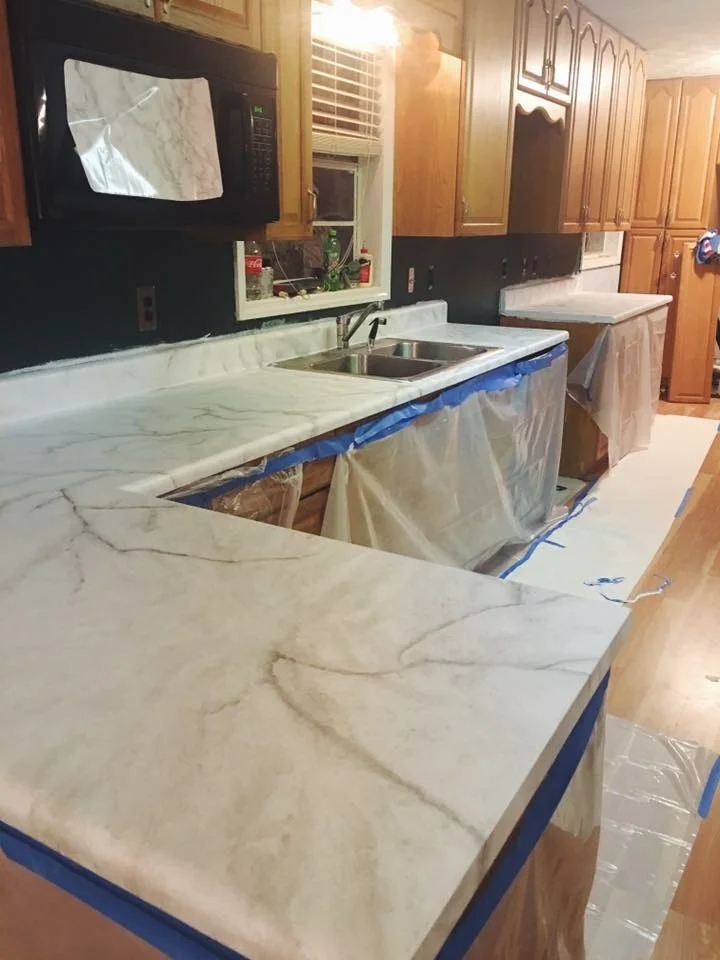Refinishing marble countertops can restore their natural beauty and luster, making them look brand new after years of wear and tear. Marble, while stunning, is a porous and relatively soft stone, which means it’s prone to scratches, stains, and dulling over time. Regular use can leave countertops looking less than ideal, but refinishing is a process that brings them back to life without needing to replace the marble entirely. This method involves cleaning, sanding, and polishing the surface to remove imperfections and restore its natural shine. By following the right steps and using the correct materials, you can significantly improve the appearance of your marble countertops.
The first step in refinishing marble countertops is thoroughly cleaning the surface. Over time, dirt, grease, and food particles can build up on the countertop, which will need to be removed before any refinishing work can begin. Using a pH-neutral cleaner specifically designed for marble is crucial, as harsh chemicals can damage the stone. Gently scrub the surface with a soft cloth or sponge, making sure to get into any nooks or areas that may be holding grime. After cleaning, rinse the surface with water and dry it completely. The marble must be spotless and free of any residue before proceeding with the refinishing process.
Once the surface is clean, the next step is to repair any visible scratches or etch marks on the marble. Marble is susceptible to etching, which occurs when acidic substances, like lemon juice or vinegar, come into contact with the surface and leave dull spots. To fix these imperfections, you’ll need to sand the marble using a series of sandpaper or diamond polishing pads with varying levels of grit. Start with a coarse grit to remove deep scratches and etches, then gradually move to finer grits to smooth the surface. Sanding should be done evenly across the entire countertop, ensuring a consistent finish.
Polishing is the final and perhaps most critical step in refinishing marble countertops. After sanding, the surface may appear dull, but polishing restores the stone’s natural shine. Polishing powders or creams designed for marble are applied using a soft cloth or a buffing pad attached to a low-speed polisher. Working in small sections, buff the polish into the stone in circular motions until the entire surface has been polished. This step not only enhances the countertop’s appearance but also helps to seal the pores in the marble, making it less susceptible to future damage.

Sealing is an essential part of refinishing marble countertops, as it protects the stone from future stains and etching. Because marble is porous, unsealed surfaces can easily absorb liquids and develop stains, especially in areas like the kitchen where spills are common. A high-quality marble sealant should be applied after polishing to create a protective barrier. The sealant is typically applied with a soft cloth, and once it dries, it needs to be buffed to a high shine. Regular resealing is necessary to maintain the protective layer, especially in high-use areas.
Refinishing marble countertops not only improves their appearance but also extends their lifespan. Over time, without proper care and maintenance, marble can become damaged beyond repair, leading to the need for replacement. By regularly refinishing your countertops, you can preserve their beauty and functionality for years to come. This process can also be more cost-effective than replacing the marble entirely, making it a smart investment for homeowners who want to maintain the elegance of their kitchen or bathroom without the hefty price tag of new countertops.
While refinishing marble countertops can be a DIY project for those who feel comfortable working with tools and materials, it is important to know when to seek professional help. For minor scratches and etching, a DIY approach may work just fine. However, for more extensive damage or deep stains, a professional refinishing service may be necessary. Professionals have access to industrial-grade equipment and specialized products that can achieve results beyond what’s possible with consumer-grade tools. Additionally, they have the expertise to ensure the job is done correctly, preventing further damage to the marble.

The frequency with which you’ll need to refinish your marble countertops depends largely on how they’re used and maintained. In high-traffic areas, like a kitchen that sees a lot of cooking and entertaining, countertops may need refinishing more frequently than those in lower-use spaces, such as a bathroom. Regular cleaning and proper maintenance can help extend the time between refinishing jobs. Simple practices like wiping up spills immediately, using coasters under drinks, and avoiding cutting directly on the surface can prevent stains and scratches, reducing the need for frequent refinishing.
Another factor to consider when refinishing marble countertops is the type of finish you want. Marble countertops can have a variety of finishes, from high-gloss to honed, which is more matte. If you prefer a more polished look, you’ll need to invest extra time in the polishing stage of refinishing. For a honed finish, you can stop after sanding with a finer grit, skipping the final polish. The finish you choose will also determine how often you need to refinish the countertops, as high-gloss finishes tend to show scratches and etching more easily than honed finishes.
Caring for your marble countertops after refinishing is crucial to maintaining their pristine condition. Daily maintenance should include wiping down the surface with a soft, damp cloth and drying it immediately to avoid water spots. Avoid using harsh cleaners or abrasive sponges that can scratch the surface. Additionally, resealing the marble at least once a year helps protect the surface from moisture and stains. By staying on top of these maintenance tasks, you can keep your marble countertops looking as beautiful as the day they were refinished.
It’s also important to be aware of the specific products you use on marble countertops. Many household cleaners contain acids or harsh chemicals that can damage marble. Instead, opt for cleaners specifically designed for use on marble or stone surfaces. Natural cleaning solutions, such as a mixture of mild soap and water, are also safe options. When refinishing, ensure that the products you use, from sandpaper to polish, are appropriate for marble to avoid causing further damage to the stone.
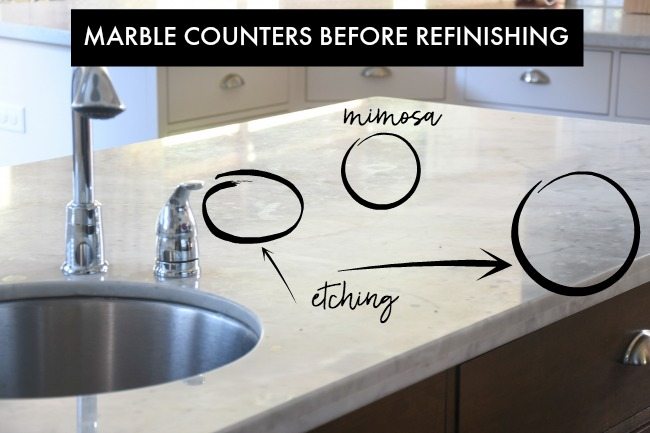
Homeowners should also be mindful of how they use their marble countertops to prevent the need for frequent refinishing. Marble is a soft stone compared to other countertop materials, so it can be easily damaged by sharp or heavy objects. Avoid dragging items across the surface and use cutting boards or trivets to protect the stone. This extra care can prevent scratches, chips, and cracks, which would otherwise require refinishing to repair.
For those looking to maintain the natural beauty of their marble countertops without constantly worrying about damage, refinishing can provide peace of mind. The process effectively removes surface imperfections and restores the stone’s original luster, allowing homeowners to enjoy the luxurious appearance of marble without the stress of permanent damage. Whether you opt to refinish your countertops yourself or hire a professional, regular refinishing ensures that your marble remains a standout feature in your home for years to come.
In some cases, refinishing can even correct issues that were present when the marble was initially installed. For example, poor installation can leave uneven surfaces or improper sealing, which can lead to premature damage. Refinishing allows you to correct these issues, leaving you with a smooth, well-sealed surface that is easier to maintain. This makes refinishing an excellent solution for homeowners who are unsatisfied with the current state of their marble countertops, even if they are relatively new.
Last, refinishing your marble countertops can add value to your home. Marble is a luxurious material that is highly desirable in kitchens and bathrooms, but it can lose its appeal if it becomes stained, scratched, or dull. By keeping your countertops in top condition through refinishing, you not only enhance your enjoyment of your space but also maintain the overall value of your home. Potential buyers are more likely to be impressed by well-maintained marble countertops, which can be a selling point in today’s competitive real estate market.

Common Mistakes to Avoid
One common mistake when refinishing marble countertops is not properly cleaning the surface before starting the process. Skipping this step can result in dirt or debris being sanded into the stone, causing further damage.
Another mistake is using the wrong grit of sandpaper or polishing pads. Starting with grit that’s too fine won’t effectively remove deep scratches or etches, while grit that’s too coarse can leave the surface rough.
Not sealing the marble after refinishing is also a critical error, as this leaves the stone vulnerable to future damage. Additionally, using harsh cleaners during the refinishing process can cause irreversible damage to the marble’s surface. Lastly, many people make the mistake of attempting to refinish extensive damage on their own, when it would be better to hire a professional for more serious repairs.
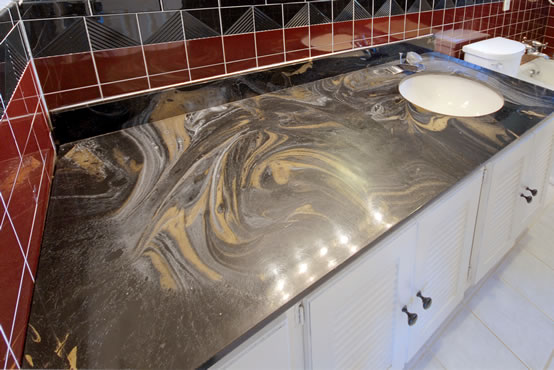
How often should I refinish my marble countertops?
The frequency of refinishing depends on the amount of use your countertops receive and how well they are maintained. In high-traffic areas like kitchens, you may need to refinish every 2 to 3 years, while lower-use areas like bathrooms can go longer between refinishing. Regular cleaning and proper care can help extend the time between refinishing.
Can I refinish my marble countertops myself?
Yes, refinishing marble countertops can be a DIY project for minor scratches and etching. However, it requires patience and the right tools, such as varying grits of sandpaper and polishing pads. For deeper damage or widespread issues, it’s best to hire a professional to avoid causing further harm to the stone.
What products should I avoid when refinishing marble countertops?
Avoid using harsh chemicals, such as bleach or vinegar, as these can damage the marble’s surface. Stick to pH-neutral cleaners specifically designed for marble or mild soap and water. During the refinishing process, ensure that the sandpaper and polish you use are safe for marble to avoid scratching or etching the stone.
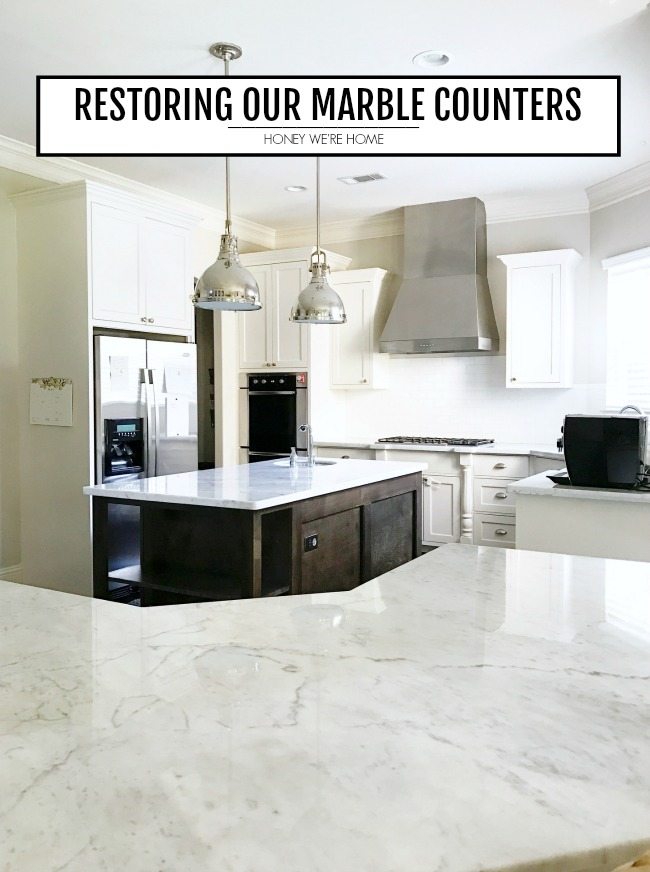
Do I need to seal my marble countertops after refinishing?
Yes, sealing is a crucial step after refinishing marble countertops. Marble is a porous material, and sealing helps protect it from absorbing liquids and developing stains. Regular resealing is necessary to maintain the protective barrier and keep your countertops looking their best.
How can I prevent damage to my marble countertops?
To prevent damage, always use cutting boards, trivets, and coasters on your marble countertops. Avoid placing hot pots or pans directly on the surface and clean up spills immediately to prevent staining. Regularly resealing the marble also helps protect it from moisture and etching.
Is refinishing marble countertops expensive?
The cost of refinishing marble countertops depends on whether you do it yourself or hire a professional. DIY refinishing can be cost-effective, but hiring a professional can range from a few hundred to over a thousand dollars, depending on the extent of the damage and the size of the countertops. Professional refinishing is more expensive but ensures better results.

Faux DIY Marble Countertops for Under $100 u2014 Sarah Powell
Cultured Marble Countertop Refinishing
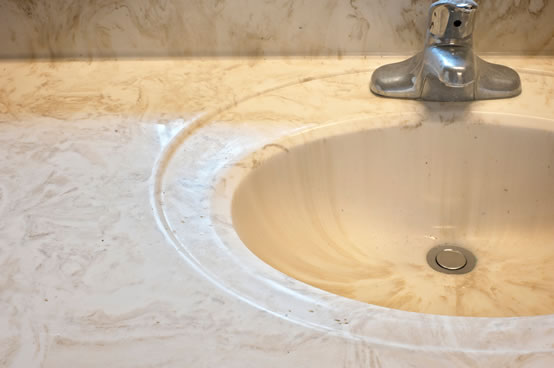
How to Paint Cultured Marble Countertops – DIY Tutorial
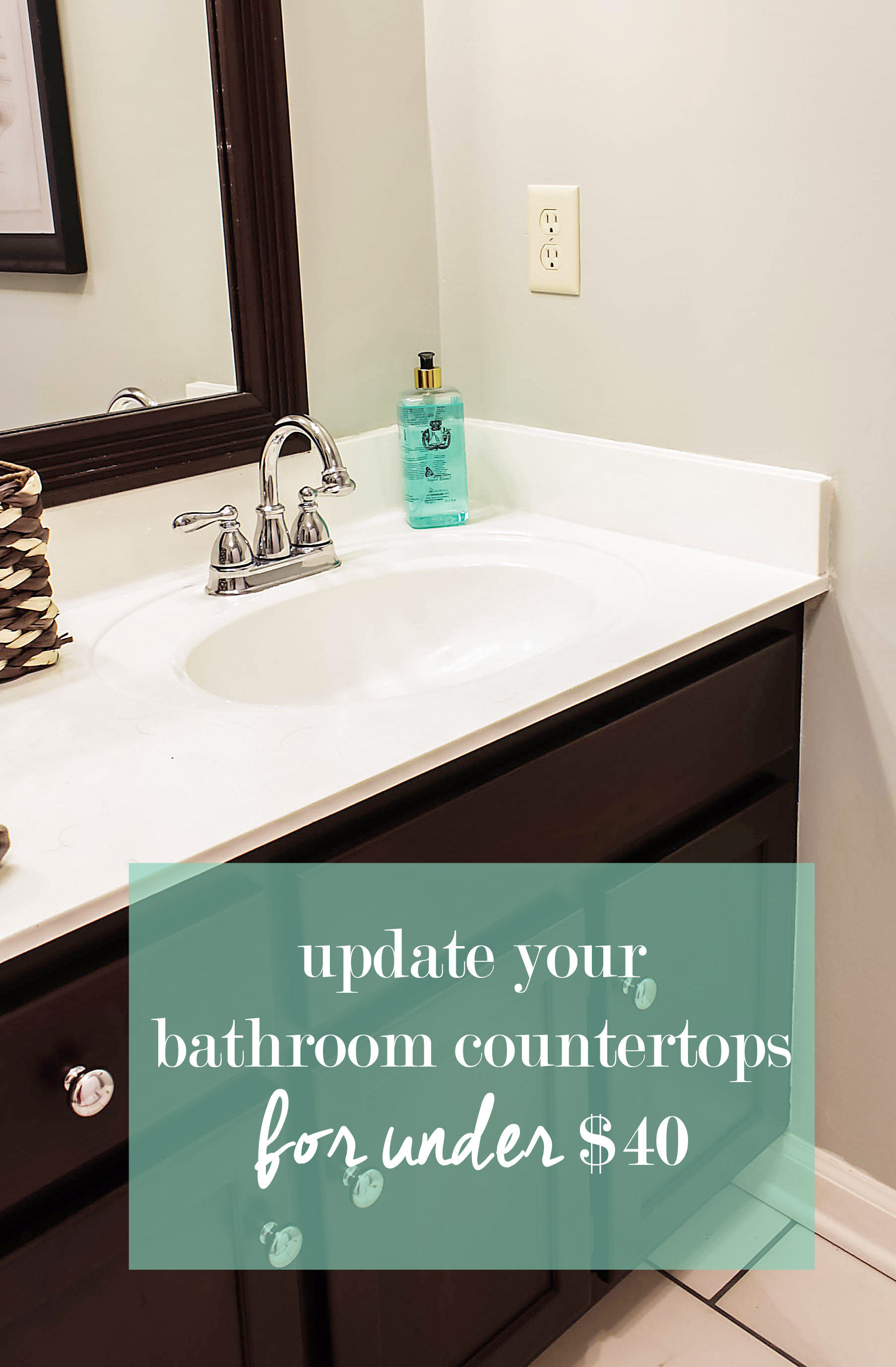
Related articles:
- Refinishing Cultured Marble Countertops
- White Marble Countertops
- Marble Countertops Backsplash
- DIY Refinishing Cultured Marble Countertops
- Marble Countertops In Bathrooms
- Cultured Marble Countertops
- Gray Kitchen Cabinets Marble Countertops
- Modern Kitchen Marble Countertops
- Refinish Cultured Marble Countertop
- Carrara Marble Countertops Bathroom
